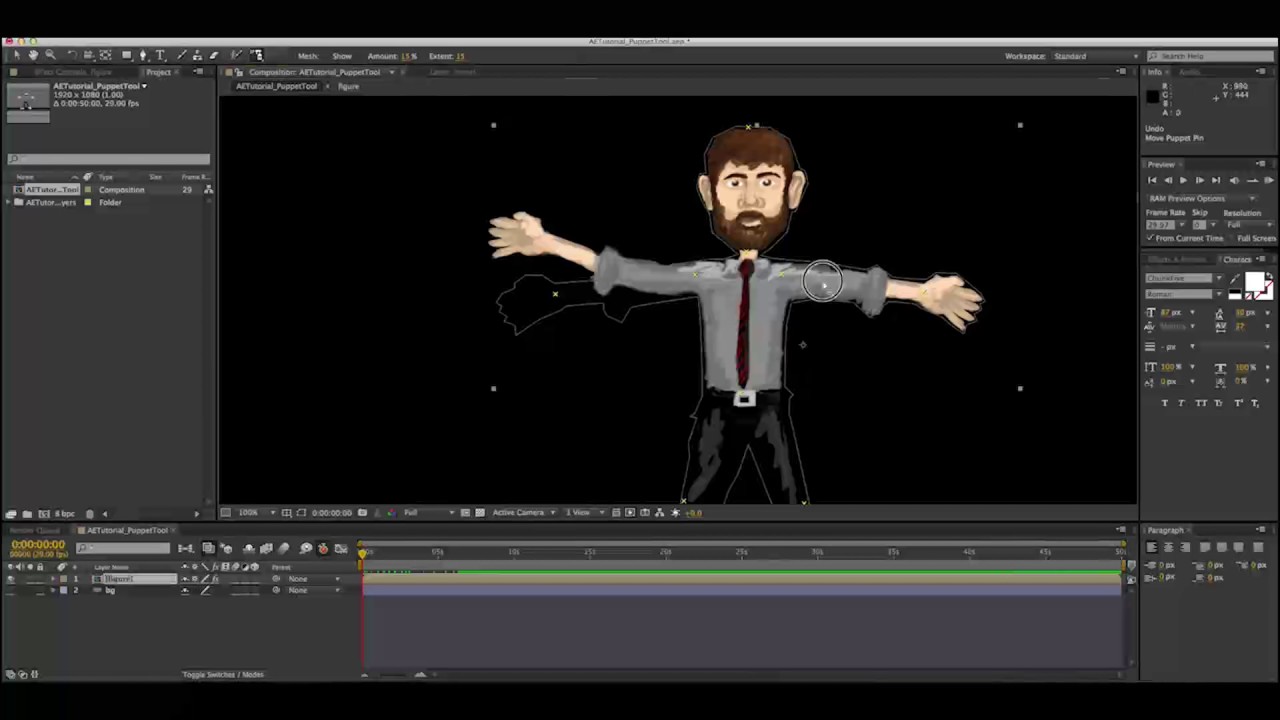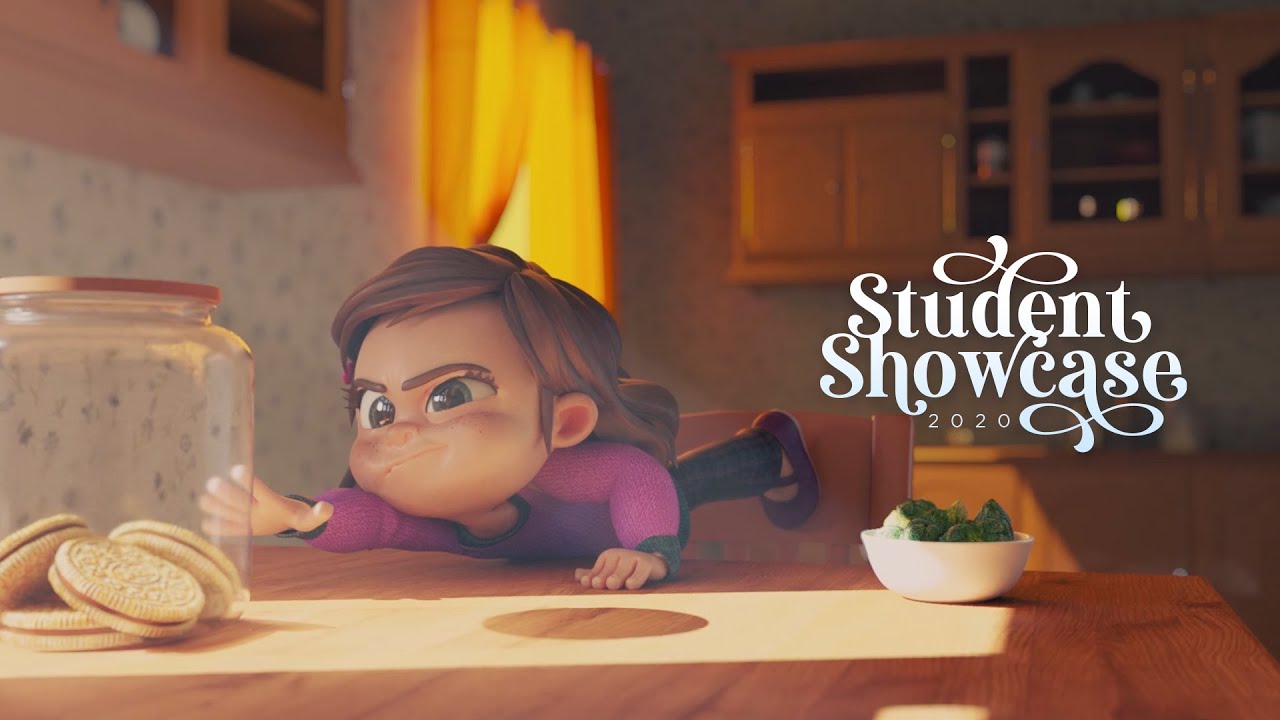12 Best Digital Animation Techniques
Digital animation, a blend of artistic creativity and technological innovation, creates visually captivating visual experiences in films and video games. Digital animation techniques are crucial in bringing imaginative concepts to life.
Author:James PierceReviewer:Elisa MuellerFeb 10, 2024207 Shares29.6K Views

Digital animation, a blend of artistic creativity and technological innovation, creates visually captivating visual experiences in films and video games.
Digital animation techniquesare crucial in bringing imaginative concepts to life. This introduction delves into the various methods and tools used in this field, highlighting the magic behind moving images and interactive storytelling.
Inverse Kinematics
In 3D animation, inverse kinematics describes how a character's natural body motions may be used to reach a certain position. To create the impression of motion, this method manipulates the joints of a skeleton.
Because inverse kinematics streamlines the animation process, it enables animators to effortlessly construct complex animations. Rigging a character's limbs is a common use case for this technique. Inverse kinematics animation is commonly done in 3D modeling software like Maya and 3DS Max.
Using this method, animators might put a figure in a reclining position, have it bend its knees or elbows, etc. When you move the last bone in the chain, the rest of the bones will move to their correct positions without your intervention. The forearm will flex and rotate organically if, for example, a character's arm is animated.
Fluid Simulation
Fluid simulation, sometimes called fluid animation, is a way to create animated fluids in 3D software like Maya, Houdini, or Blender. These fluids may be anything from water and smoke to lava and stormy seas. This technique achieves photorealistic results by simulating the flow of a fluid. Clouds, flames, explosions, and other effects rely on it.
Achieving dynamic and realistic fluid simulation also involves recreating the behavior of pyrotechnics and atmospheric effects. Films, video games, and advertisements frequently use this method.
There are varying degrees of complexity when it comes to fluid simulation, and the time required to complete certain approaches depends on the quality you're aiming for.For real-time animation or computer games, simpler methods of fluid simulation are typically utilized.
3D Skeletal Animation
The first step in producing an animated character or articulated item is to create a surface model of the object or character. Then, using digital bones in a skeleton, you may insert animations into the model. In digital sculpting, the "skin" or "mesh" refers to the surface depiction, while the "rig" or "skeleton" refers to the interconnecting bones.
First, the digital bones of the character must be constructed. Then, the muscles may be added. After the character's skin is connected, a set of controls allows for the manipulation of the digital sculpture, similar to a puppet. Animated people are a common use for this method, although it might also control an object's deformation.
Almost every animation system makes use of skeletal animation. Rather than trying to replicate actual physical processes or anatomical structures, this method is for controlling the distortion of the mesh data.
Revolutionary technology and breathtaking visual effects come together in 3D animation. Its evolution has been phenomenal, and it keeps expanding the limits of what is possible. For that reason, if you are serious about a career in 3D animation, it is worthwhile to learn the fundamentals.
Frame-by-frame Animation
The earliest kind of animation, known as frame-by-frame animation, consists of filming each frame individually, much like a flipbook. Traditional, non-digital animation styles, such stop-motion and hand-drawn animation, typically employ this technique.
Motion Capture (mocap) Animation
In order to convert real-life movement into 3D animation, motion capture makes use of a combination of technology and mocap sensors. Attaching sensors and markers—the mocap devices—to an item or actor allows for their capture with specialized camera gear.
Procedural Animation
Automated, real-time animation is created using procedural animation. In contrast, mocap and other forms of 3D animation use animations that are already established as assets, either manually or with a mocap device.
Procedural animation involves creating animations that depend on simulations of physical phenomena, such as water, where the simulation would consider fluid dynamics.
Behavioral Animation
An example of procedural animation is behavioral animation, in which a character has some degree of autonomy in deciding what to do. The system is based on rules-based generation, which determines how things respond to their surroundings.
For a big number of moving objects, it may employ relatively simple rule-based motion, making it ideal for animating flocks or swarms of animals.
Using Keyframing
Keyframing is essential for animating movement since it allows for a seamless transition between frames. In digital keyframe animation, several elements are identified in each frame, and their motion over time (in frames per second) is chosen to provide the most realistic outcome possible.
Position, scale, rotation, opacity, and the way you want the action to be done are some of the parameters that you may use to customize your keyframes. Keyframe interpolation describes this process.
Physically Based Dynamics
The field of physically based dynamics in computer graphics focuses on simulating realistic behaviors, which can be rather complicated. Many media, including movies, video games, and interactive simulations, use this animation style.
These animations are made with physics engines, which allow you to write all kinds of physical behaviors, down to the smallest ones, like how fluids or smoke behave.
Morphing
As a visual effects method, morphing allows an object to change shape without breaking a sweat. Contrast this with tweening, an animation effect that uses the interpolation of pictures between keyframes to create the impression of motion.
2D Animation
2D animation, which has been around for a while, uses a two-dimensional space to depict movement. It happens when a series of tiny, sequential drawings are shown, usually at a rate of 24 frames per second, creating the impression of motion while really rendering the image flat. Cartoons typically take advantage of this.
3D Animation

3D Animation Student Showcase 2020 | Animation Mentor
3D animation is a software-generated technique that gives the impression of movement in a digital, three-dimensional space using computer-generated objects. It is not necessary to animate each and every frame, unlike with 2D animation.
The three main components of three-dimensional animation are modeling, layout, animation, and rendering.
FAQs - Digital Animation Techniques
What Are The Fundamental Principles Of Digital Animation Techniques?
Digital animation techniques are grounded in essential principles like timing, spacing, and squash and stretch. These principles guide animators in creating lifelike and visually engaging animations.
How Has Technology Influenced The Evolution Of Digital Animation Techniques?
Advancements in technology, such as powerful software and hardware tools, have revolutionized digital animation. These innovations enable animators to push the boundaries of creativity and realism in their work.
Are There Specialized Digital Animation Techniques For Character Animation?
Yes, character animation often involves techniques like rigging, keyframing, and character design. Rigging allows animators to create flexible and dynamic characters, while keyframing establishes the movement sequences.
How Do Digital Animation Techniques Contribute To Storytelling In The Entertainment Industry?
Digital animation techniques play a pivotal role in enhancing storytelling by providing a visually immersive experience. They enable the creation of captivating characters, environments, and special effects that bring narratives to life.
Can Beginners Learn And Apply Digital Animation Techniques Without Formal Education?
Yes, there are numerous online resources, tutorials, and user-friendly software options that make it possible for beginners to learn and apply digital animation techniques independently. Aspiring animators can start honing their skills at their own pace.
Final Thoughts
Digital animation techniques are a dynamic field that combines innovation and artistry. As technology advances, so do the methods used to create visually stunning animations.
From character design to special effects integration, digital animation offers endless creative possibilities.
The collaboration between human creativity and technology ensures that the world of digital animation will continue to captivate audiences with its captivating narratives and mesmerizing visuals.
As pixels dance to the rhythm of imagination, digital animation techniques will remain at the forefront of shaping visual storytelling experiences.

James Pierce
Author

Elisa Mueller
Reviewer
Latest Articles
Popular Articles